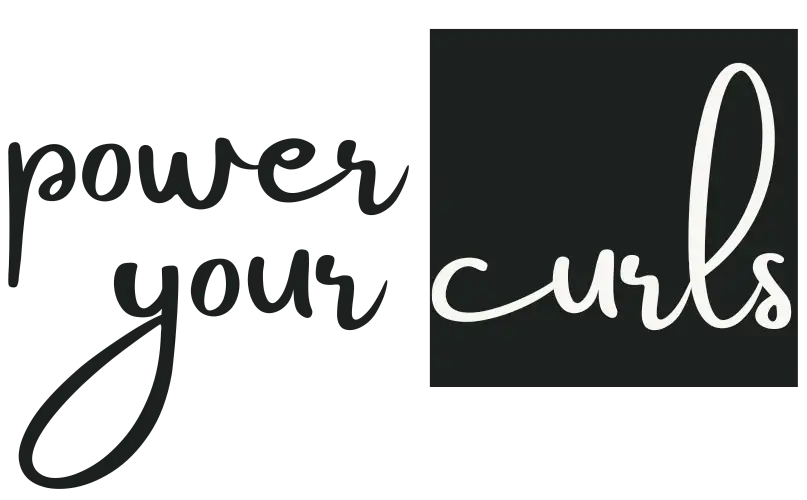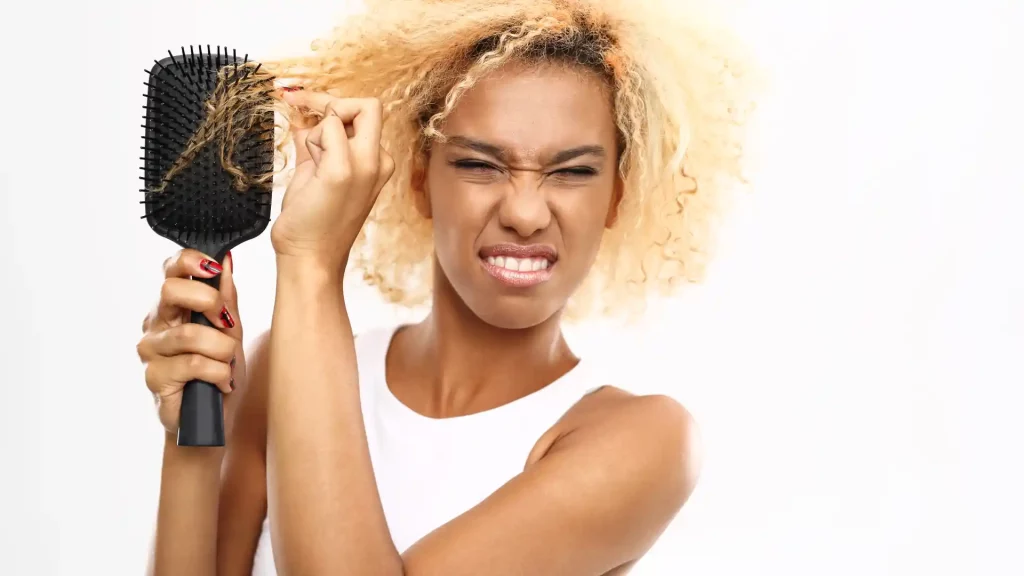
For some, baby hair may look flattering, a fashion statement even. However, believe it or not, weak hair due to breakage is often mistaken as baby hair.
It’s important to understand the difference between these two can significantly impact how we care for our hair and address any possible concerns. Hair is a defining feature of our appearance, and maintaining its health and vitality is essential for many.
In this blog, we will help you understand more about baby hairs and hair breakage, exploring their characteristics, causes, and effective management strategies.
Whether you’re struggling with rowdy baby hair or dealing with brittle, damaged strands, this guide provides clarity and advice to help you achieve healthy, beautiful hair.
What is Baby Hair?
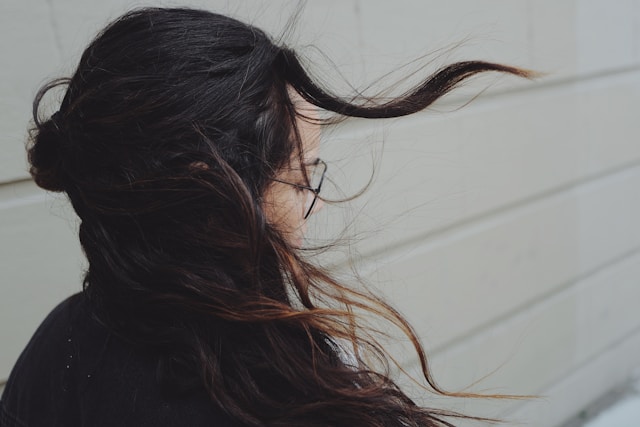
Baby hair is delicate strands that are finer and shorter than the rest of the hair on the scalp. They often appear along the hairline and can be particularly noticeable around the temples and forehead.
Unlike regular hair, baby hair has a shorter growth cycle and may not grow beyond a certain length. Understanding the nature of baby hairs is crucial for distinguishing them from other types of hair growth and addressing any concerns related to their appearance.
How to Identify Baby Hair?
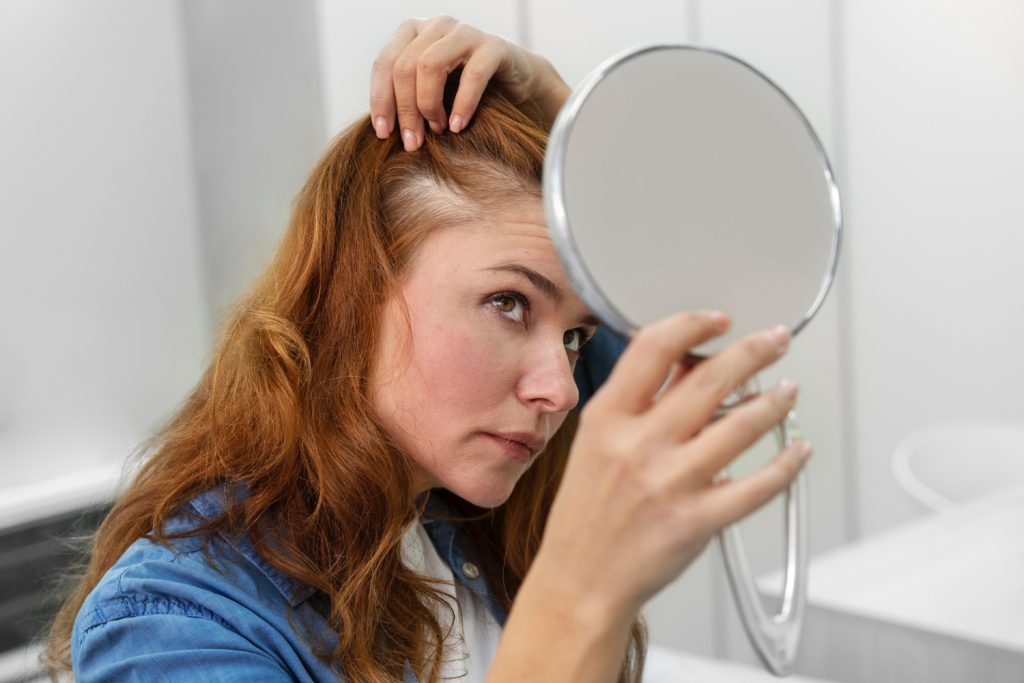
Identifying baby hair requires a keen eye and an understanding of its unique characteristics. It is typically thinner and more flexible than regular hair strands. It may also have a softer texture and appear wispy or frizzy.
The appearance of baby hair can be attributed to various factors, including hormonal changes, genetics, and the natural hair growth cycle.
Hormonal fluctuations, such as those experienced during pregnancy or puberty, can stimulate the growth of baby hairs. Additionally, genetic tendencies may influence the density and distribution of baby hairs on the scalp.
Understanding the underlying causes of baby hairs can provide valuable insights into their management and treatment.
Are baby hairs bad?
Baby hairs are good to grow during childhood. They protect the skin from irritation and wick away sweat.
These hairs are short hairs of regrowth that sit around the hairline. But it’s important to distinguish them from hair breakage, which we will tackle in this article.
Some people style their baby hairs. They bleach baby hair, which is known as the Scandi hairline. It bleaches baby hairs around the face to give an instant pop of color around the hairline.
In Korea, some people get a baby hair perm, which is popular among K-Pop and K-Beauty enthusiasts. It works by curling the fine baby hair around the face, which can frame the face and add a softer look. The technique became popular because it adds volume and texture without impacting the length of hair.
What is Hair Breakage?

On the other hand, hair breakage refers to the physical damage or splitting of hair strands, leading to frayed ends and weakened hair fibers. Unlike baby hairs, which are natural parts of the hair growth cycle, hair breakage indicates damage or trauma to the hair shaft.
Common causes of hair breakage include heat styling, chemical treatments, and mechanical stress. Recognizing the signs of hair breakage is essential for implementing appropriate hair care practices and preventing further damage and stress.
How to Identify Hair Breakage?

Almost the same with baby hair, identifying hair breakage requires a careful examination of the hair shaft and ends. Damaged hair may appear dull, dry, and brittle, with split ends and frayed edges.
However, unlike baby hairs, which are typically finer and shorter, broken hair strands may be uneven in length and texture. Learning how to differentiate between hair breakage and other types of hair damage can help individuals take steps to protect and strengthen their hair.
What Causes Hair Breakage?
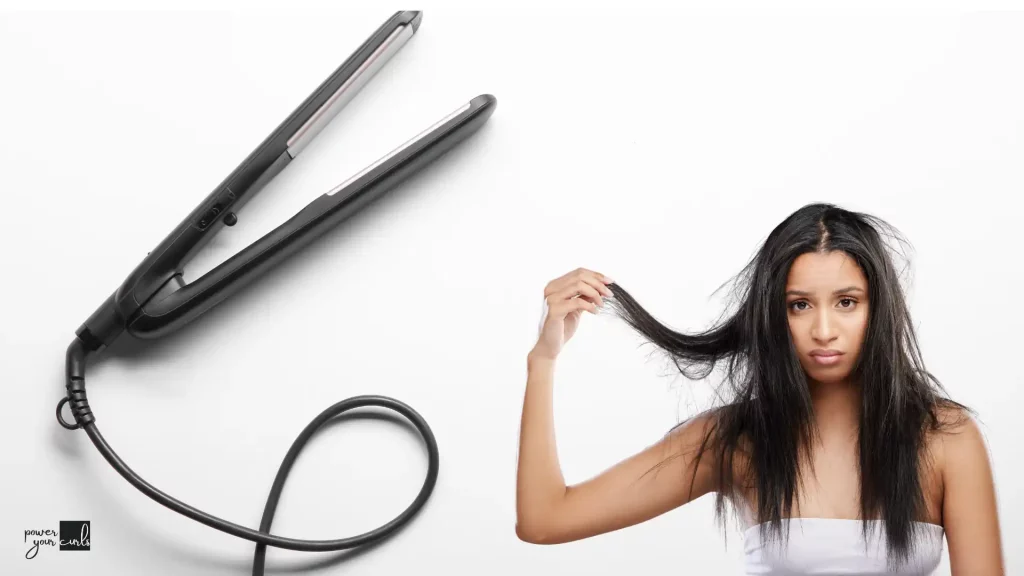
Hair breakage can be caused by several factors including excessive heat exposure, chemical treatments, and mechanical stress. Heat styling tools, such as flat irons and curling wands, can weaken the hair shaft and lead to breakage over time.
Similarly, chemical treatments like bleaching, coloring, and perming can strip the hair of its natural oils and proteins, making it more prone to damage. Understanding the causes of hair breakage is essential for developing an effective hair care routine that promotes strength, resilience, and vitality.
How Do You Take Care of Baby Hairs?

Caring for baby hair involves gentle handling and nourishing of the scalp and hair follicles. Use a soft-bristled brush or comb to gently smooth baby hairs into place, avoiding excessive pulling or tugging.
Incorporating scalp massages and nourishing hair oils can help stimulate blood flow and promote healthy hair growth.
PowerYourCurls trichologist Dr. Faisal Hammadi suggests, “Be gentle when styling baby hairs and avoid using harsh styling products that can weigh them down. If possible, use lightweight serums or styling creams to tame those flyaways and frizz.”
How Can You Prevent Hair Breakage?
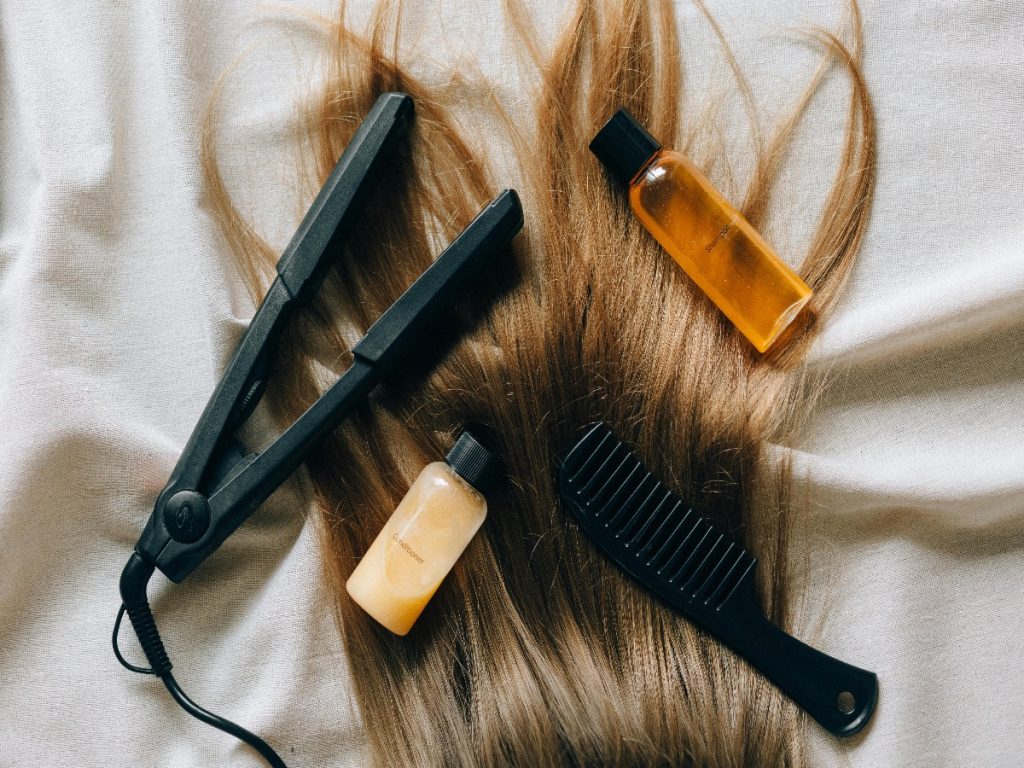
Preventing hair breakage requires adopting gentle hair care practices and minimizing exposure to damaging agents. Avoiding excessive heat styling, using protective hairstyles, and incorporating regular deep conditioning treatments can help strengthen and protect the hair shaft.
Dr. Hammadi recommends investing in heat-protectant sprays and quality hair care products that nourish and moisturize the hair.
PowerYourCurls hairstylist Gwenda Harmon, meanwhile, advises avoiding tight hairstyles and harsh brushing techniques, as these can contribute to breakage, damage, and stress.
How Should You Treat Hair Breakage?
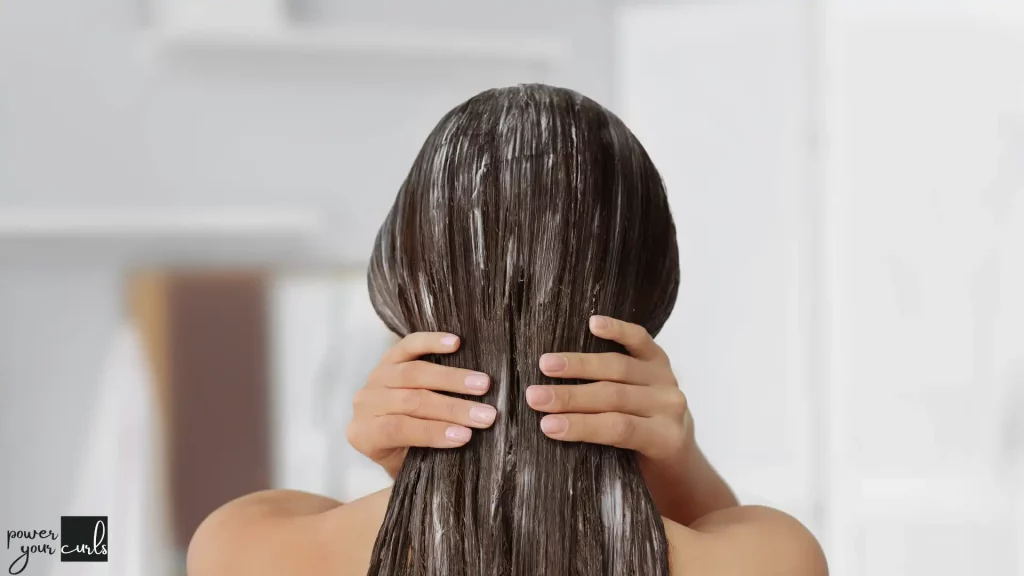
Treating damaged hair requires multiple approaches that address issues and promote hair repair and regeneration. Deep conditioning treatments, protein masks, and regular trims can help restore moisture and vitality to damaged hair.
Additionally, minimizing heat styling and chemical treatments can prevent further damage and promote hair health. Dr. Hammadi suggests using weekly deep conditioning treatments in your hair care routine and scheduling regular trims to remove split ends. Avoid over-processing your hair and use gentle, sulfate-free shampoos and conditioners.
What are the Best Products for Baby Hair and Damaged Hair?
Choosing the right products for baby hair can make a significant difference in their appearance and manageability. Look for lightweight styling products that provide hold and definition without weighing down the hair.
Avoid heavy waxes or gels that can cause buildup and stiffness. Dr. Hammadi recommends water-based styling products that are specifically designed for baby hair. “These products should provide gentle hold and moisture without leaving residue or buildup,” Dr. Hammadi says.
As for damaged hair, selecting the appropriate products can help repair and strengthen the hair shaft, restoring its natural luster and resilience. Look for hydrating shampoos and conditioners that replenish moisture and nourish the hair from within.
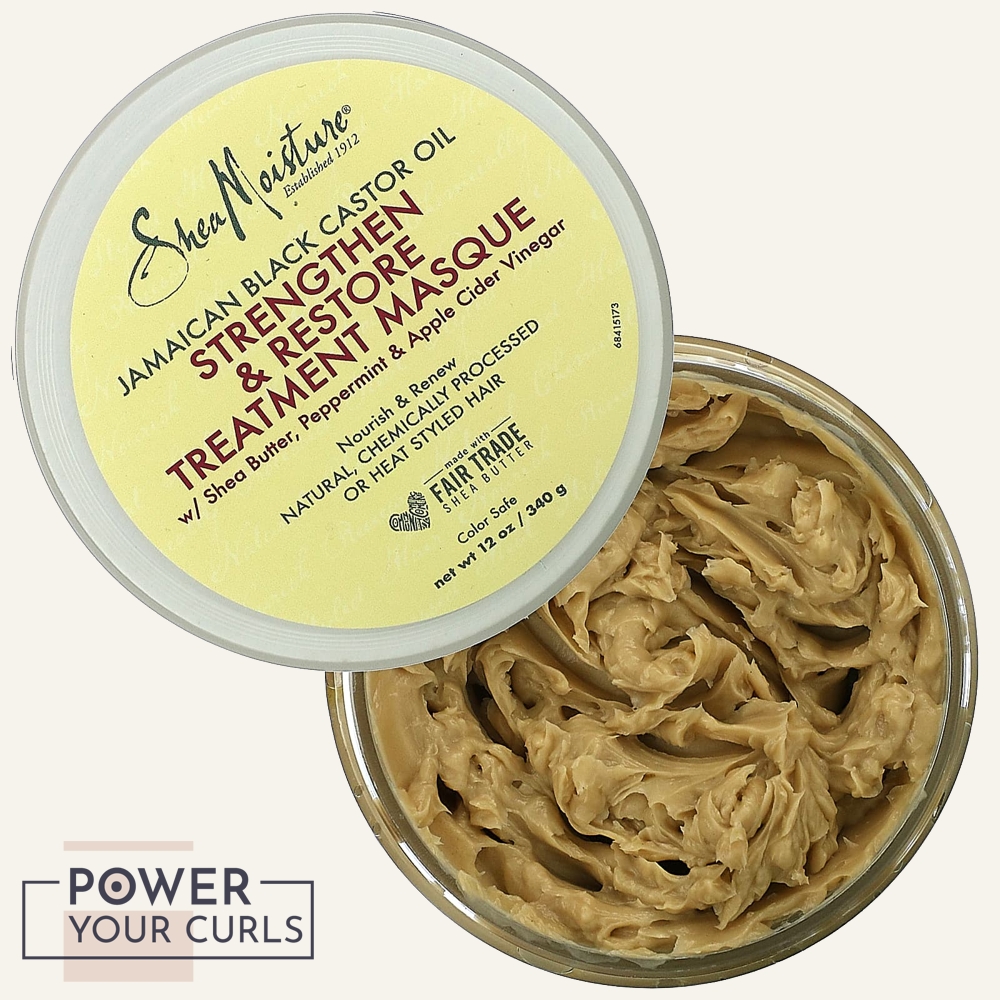
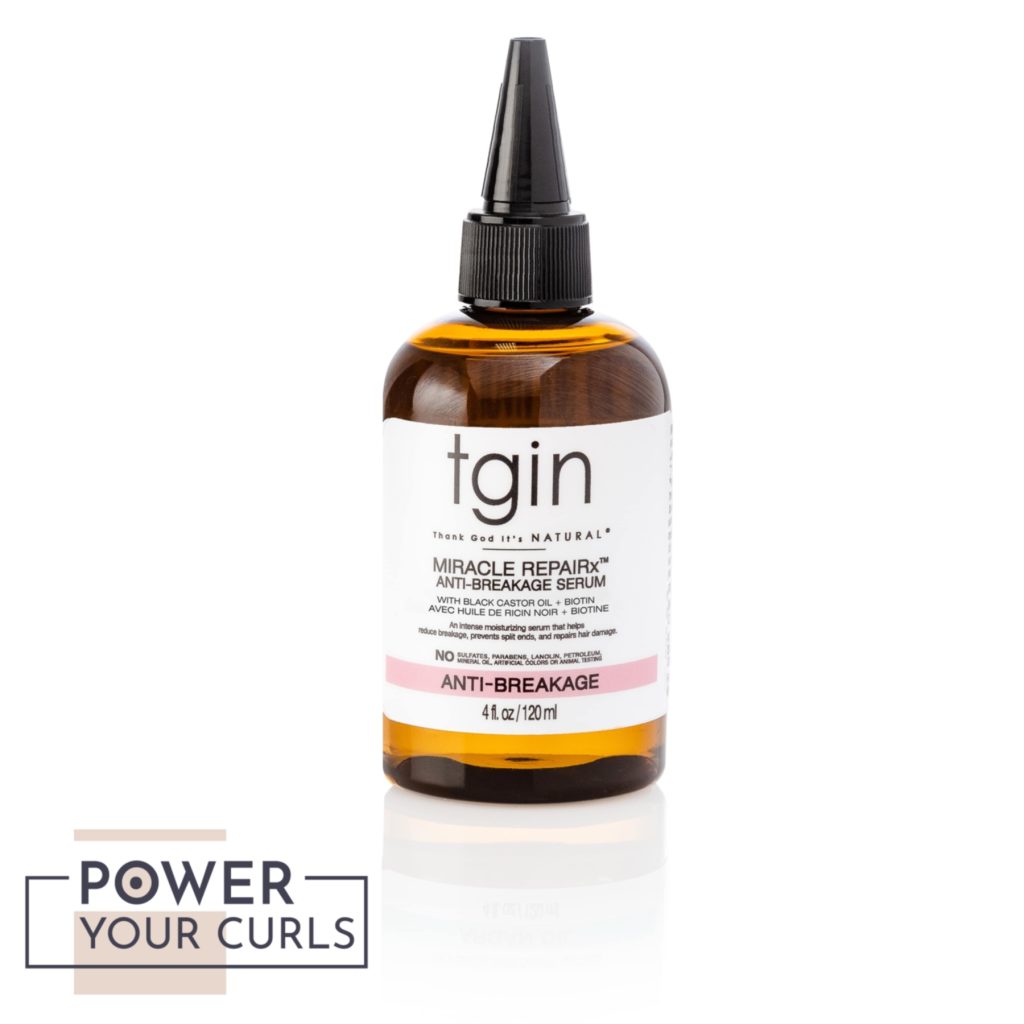
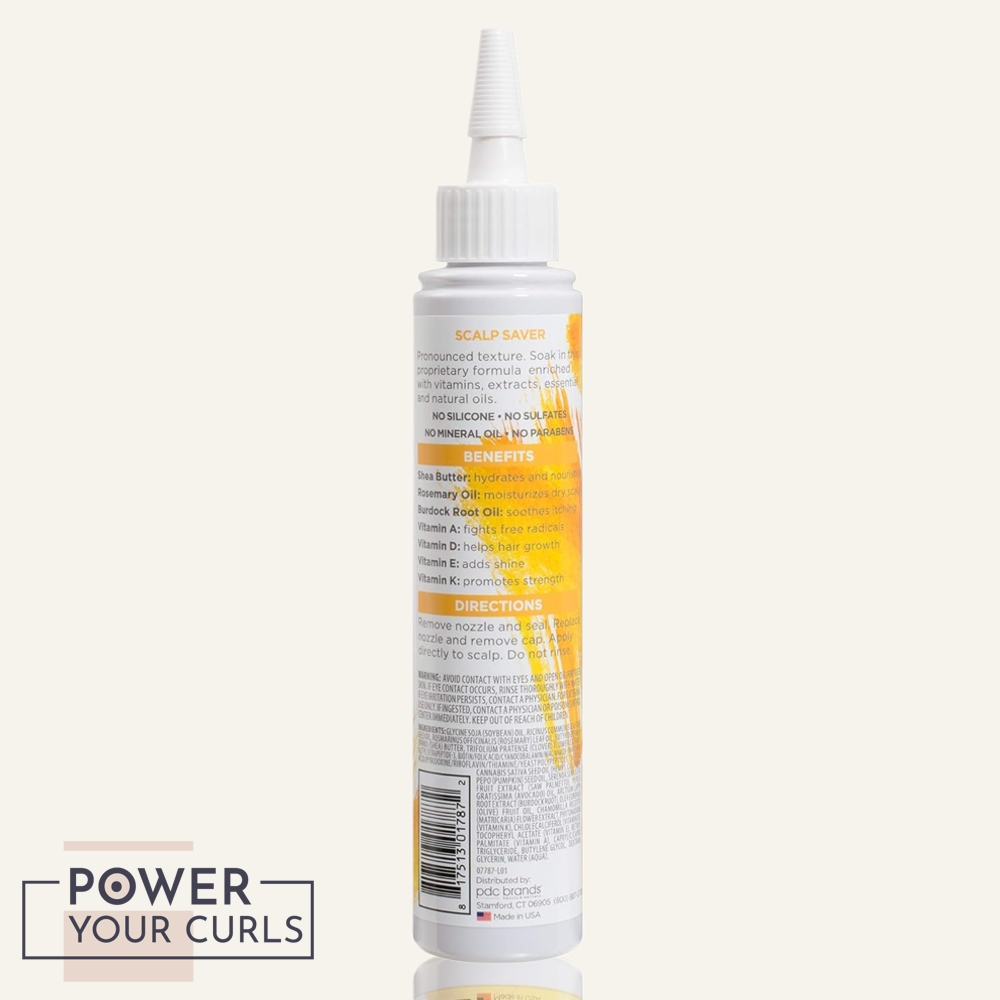
Moreover, use leave-in treatments, serums, and oils to provide added protection and shine. Dr. Hammadi advises, “Choose products enriched with nourishing ingredients like keratin, argan oil, and vitamin E. These ingredients help repair and strengthen damaged hair, leaving it soft and soft.”
Here is a selection of products from PowerYourCurls that Dr. Hammadi recommends, designed to address specific hair concerns. Let’s take a closer look at some of these products:
- Shea Moisture Grapeseed & Tea Tree Oils Low Porosity Weightless Hydrating Conditioner: This conditioner is specially formulated for moisture-resistant, low-porosity hair. Its lightweight formula softens and improves manageability without causing build-up. Ideal for curls and coils that resist essential moisture, it contains nourishing ingredients like Grapeseed Oil, Tea Tree Leaf Oil, and Fair Trade Shea Butter to moisturize and condition the hair effectively. This is best paired with its shampoo counterpart.
- Shea Moisture Grapeseed & Tea Tree Oils Low Porosity Weightless Hydrating Shampoo: This sulfate-free shampoo is designed to gently cleanse and effectively remove product build-up, perfect for low-porosity, protein-sensitive curls and coils. Its formula, enriched with Grapeseed Oil, Tea Tree Oil, and Fair Trade Shea Butter, delivers lightweight hydration without weighing the hair down.
- Mielle Mongongo Oil Thermal & Heat Protectant Spray: Protect your hair from the damaging effects of heat styling with this thermal and heat protectant spray. Formulated with nourishing oils like Almond Oil, Mongongo Oil, and Argan Oil, it provides intense heat defense while safeguarding your curl pattern. This spray is safe for all hair types since it does not contain harmful chemicals or preservatives, making it a must-have for anyone who loves to style their hair with heat.
- OGX Extra Strength Hydrate & Repair + Argan Oil of Morocco Conditioner: Pair this conditioner with the OGX shampoo for maximum hydration and repair. Enriched with the same nourishing ingredients, including Moroccan Argan Oil and Coconut Milk, it helps to detangle and smooth the hair while improving its elasticity and shine.
- OGX Extra Strength Hydrate & Repair + Argan Oil of Morocco Shampoo: Infused with Moroccan Argan Oil, Coconut Milk, and botanical extracts, this shampoo strengthens and hydrates damaged hair, leaving it soft and manageable. Perfect for those with dry, brittle hair, it helps to repair and restore strands to their natural beauty.
- The Mane Choice Ancient Egyptian Anti-Breakage Collection Leave-In Lotion: Formulated with a blend of Kalahari Oil, Oleaster Oil, Mongongo Oil, and Baobab Oil, this leave-in lotion helps to strengthen and protect hair from breakage. This is Ideal for those with fragile, damaged hair as it nourishes and moisturizes strands for soft, smooth, and resilient hair.
These recommended products offer effective solutions for various hair concerns, from hydration and repair to heat protection and breakage prevention. Incorporating them into your hair care routine can help you achieve the healthy, beautiful hair you desire.
Which Treatment is Best for Hair Breakage?
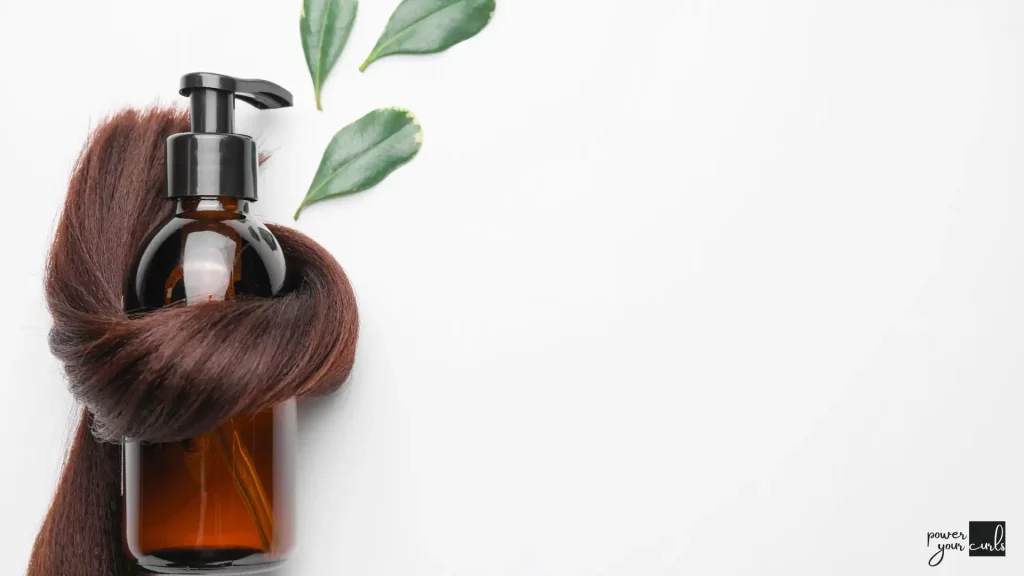
In cases of severe hair breakage or damage, medical treatments may be necessary to restore hair health and vitality. Consultation with a dermatologist or trichologist can provide personalized treatment options tailored to your specific needs.
From prescription medications to specialized hair treatments, there are various medical procedures and interventions available to address hair breakage and promote hair growth.
Dr. Hammadi explains, “Medical treatments for hair breakage may include topical medications, oral supplements, and in-office procedures such as hair transplants. These treatments can help strengthen the hair shaft and stimulate new hair growth.”
How Do I Keep My Hair Healthy?
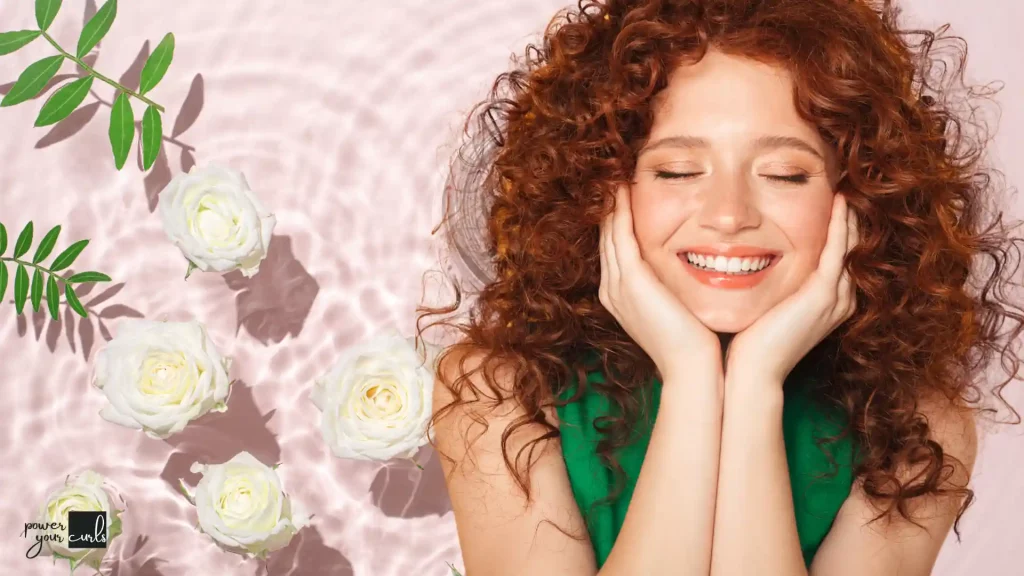
Maintaining healthy hair requires an overall approach that encompasses proper nutrition, hydration, and lifestyle habits.
Eat a balanced diet rich in essential nutrients like vitamins, minerals, and proteins to support hair growth and vitality. Stay hydrated by drinking plenty of water and avoid excessive exposure to environmental stressors like UV radiation and pollution.
Dr. Hammadi emphasizes, “Incorporate scalp massages, regular exercise, and stress management techniques into your daily routine to promote overall hair health. Don’t forget to practice good hygiene habits and avoid over-manipulating your hair with products to minimize damage and breakage.”
